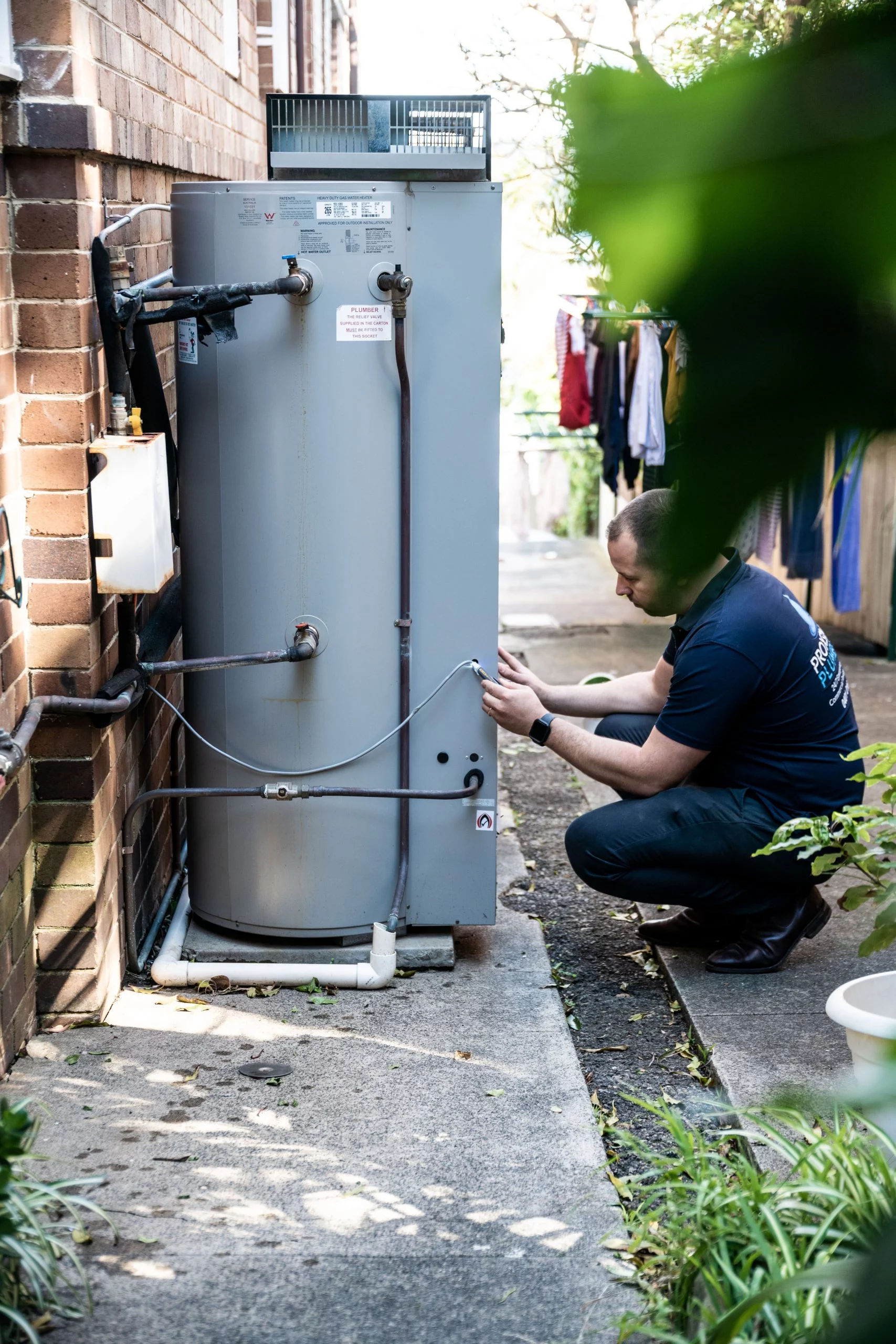Ensuring Longevity of Your Home's Hot Water System: Maintenance TipsHow to Maintain Your Home's Hot Water System Properly
Ensuring Longevity of Your Home's Hot Water System: Maintenance TipsHow to Maintain Your Home's Hot Water System Properly
Blog Article
Have you been on the lookout for ideas around How to Maintain a Hot Water Heater in a Few Simple Steps?

Warm water is crucial for daily convenience, whether it's for a refreshing shower or washing meals. To guarantee your warm water system runs efficiently and lasts longer, routine maintenance is essential. This post supplies sensible pointers and understandings on just how to keep your home's hot water system to prevent disturbances and costly repair work.
Intro
Keeping your home's hot water system could seem difficult, however with a couple of simple steps, you can guarantee it runs efficiently for years to come. This guide covers every little thing from recognizing your warm water system to DIY maintenance ideas and recognizing when to call in professional assistance.
Value of Keeping Your Hot Water System
Regular maintenance not only expands the life expectancy of your warm water system yet additionally ensures it operates efficiently. Overlooking upkeep can cause reduced effectiveness, greater power bills, and even premature failure of the system.
Signs Your Hot Water System Requirements Maintenance
Understanding when your hot water system needs focus can stop significant concerns. Keep an eye out for indicators such as irregular water temperature, odd sounds from the heating system, or rustic water.
Recognizing Your Warm Water System
Prior to diving right into upkeep jobs, it's practical to recognize the fundamental elements of your hot water system. Usually, this consists of the water heater itself, pipes, anode rods, and temperature controls.
Monthly Upkeep Tasks
Normal month-to-month checks can aid capture minor issues prior to they rise.
Purging the Water Heater
Flushing your water heater removes debris build-up, boosting effectiveness and extending its life.
Checking and Replacing Anode Rods
Anode poles protect against deterioration inside the storage tank. Examining and replacing them when worn out is critical.
Evaluating and Changing Temperature Setups
Changing the temperature settings ensures optimum efficiency and safety and security.
Do It Yourself Tips for Upkeep
You can execute numerous upkeep jobs yourself to keep your hot water system in top condition.
Looking for Leakages
Frequently evaluate pipelines and connections for leaks, as these can cause water damage and higher costs.
Evaluating Pressure Alleviation Valves
Evaluating the pressure safety valve ensures it functions correctly and prevents excessive stress accumulation.
Protecting Pipes
Insulating warm water pipelines decreases warm loss and can save power.
When to Call an Expert
While DIY upkeep is advantageous, some concerns need professional know-how.
Complicated Concerns Needing Professional Assistance
Examples consist of major leakages, electric problems, or if your hot water heater is consistently underperforming.
Regular Professional Upkeep Benefits
Expert maintenance can consist of complete inspections, tune-ups, and guaranteeing conformity with safety requirements.
Verdict
Regular upkeep of your home's hot water system is important for effectiveness, long life, and cost financial savings. By adhering to these suggestions and recognizing when to seek expert aid, you can ensure a reputable supply of warm water without unexpected interruptions.
Water Heater Maintenance Tips
Test the TPR Valve
Shut off the power and the cold-water supply valve. Place a bucket under the pipe connected to the temperature-pressure-release (TPR) valve on the top or side of the tank. (This valve opens if the tank pressure gets too high.) Lift the valve’s tab to let some water out, then let go. If water keeps flowing, drain the tank partway, unscrew the old valve with a pipe wrench, and install a new one. Check the Anode Rod
Put a hose to the tank’s drain cock and let out a few gallons of water. Now fit a 1 1/16-inch socket onto the rod’s hex head on top of the heater (or under its top plate) and unscrew the rod. If it’s less than ½ inch thick or coated with calcium, buy a new one, wrap its threads with Teflon tape, put it back in the tank, and tighten securely. Use this segmented rod if headroom above the tank is limited. Drain the Tank and Wash Out Sediment
Drain the remaining water in the tank into the bucket, then stir up the sediment on the tank’s bottom by briefly opening the cold-water supply valve. Drain and repeat until clean water comes out of the hose. Close the drain cock, refill the tank, and turn its power back on. Adjust the Temperature
Find the temperature dial on the side of the tank and unscrew its cover. Adjust the dial to 120 degrees using a flathead screwdriver. For every 10 degrees the temperature is lowered, you can expect to save up to 5 percent in energy costs. Turn the water heater off or the thermostat down to its lowest setting if you plan to be away from home for more than three days. Insulate the Pipes
Buy some self-sticking 3/8-inch-thick foam pipe insulation that matches the pipes’ diameter. Slide the foam over the hot-and cold-water pipes as far as you can reach. Insulating the cold-water pipe prevents condensation in summer. Peel the tape and squeeze the insulation closed. If the pipe is 6 inches or less from the flue, cover it with 1-inch-thick unfaced fiberglass pipe wrap. https://www.thisoldhouse.com/plumbing/21016402/how-to-maintain-a-water-heater

Do you appreciate reading about What Kind of Maintenance Do Water Heaters Need?? Put feedback directly below. We'd be happy to listen to your responses about this write-up. We hope that you come back again in the near future. Sharing is good. One never knows, you might be doing someone a favor. I thank you for reading our article about Water Heater Maintenance Tips You Can't Afford to Forget.
Visit Homepage Report this page